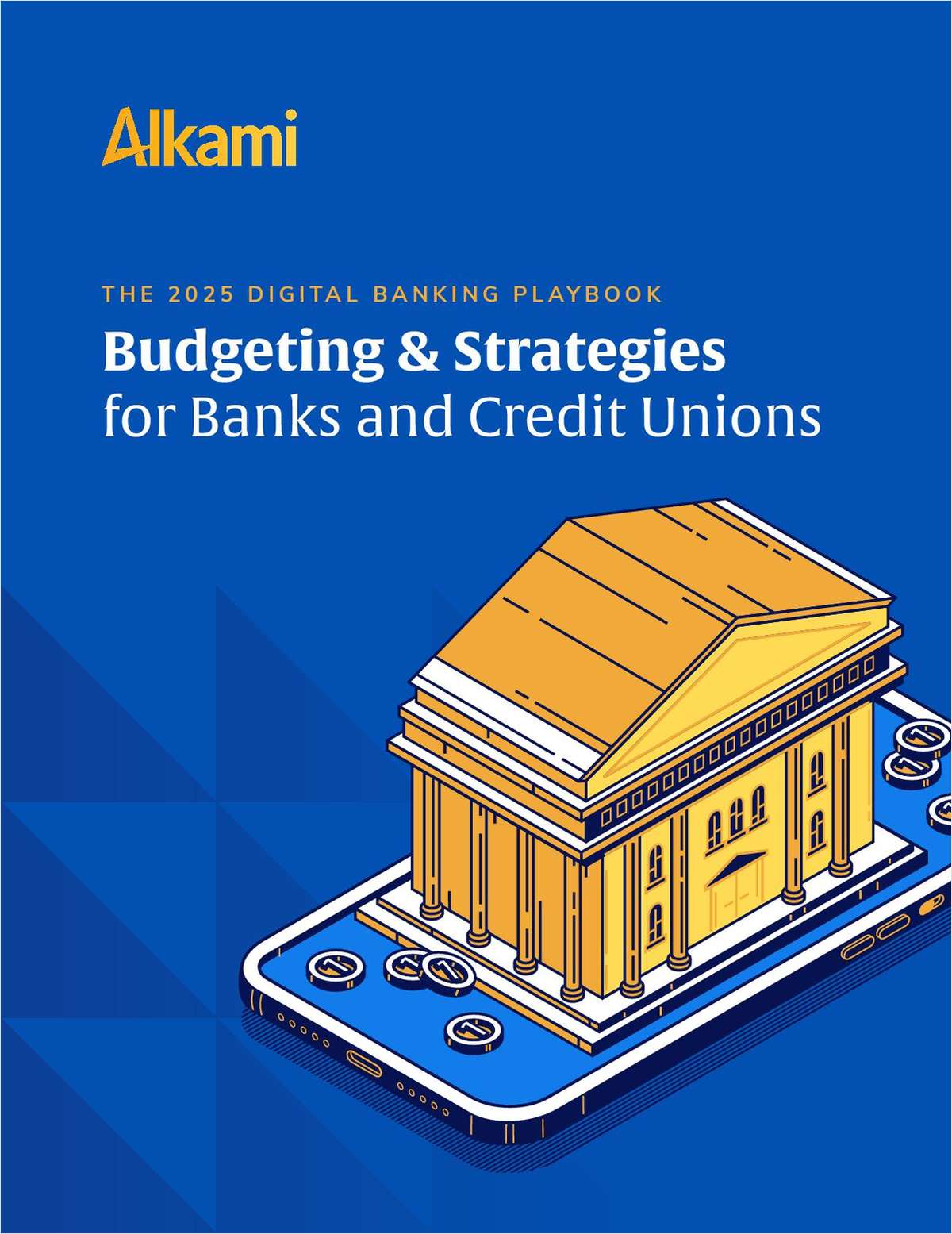WASHINGTON – President George W. Bush is hoping his new retirement accounts will be an incentive to urge Americans to save more than they have in the past. Bush said the proposed retirement savings accounts (RSA) and lifetime savings accounts (LSA) would allow everyone to contribute regardless of age or income status. Individuals will be able to convert existing tax-preferred savings into these new accounts in order to "consolidate and simplify their savings arrangements." Contribution limits for both accounts will be $5,000 per year. The limit is less than the $7,500 annual cap from last year's proposal from Bush. Bush is also proposing an employer retirement savings account (ERSA) that would consolidate 401(k), SIMPLE 401(k), 403(b), and 457 employer-based defined contribution accounts into a single plan for employers. The creation of individual development accounts (IDAs), currently used by many credit unions, would provide dollar-for-dollar matching contributions of up to $500 targeted to lower income individuals. Matching contributions would be supported by a 100% credit to sponsoring financial institutions. The Treasury Department said the accounts would raise about $5.6 billion over 10 years, as it counts on investors paying income taxes to convert existing IRAs into the new accounts. What the Proposed Retirement Accounts Offer RETIREMENT SAVINGS ACCOUNTS (RSA) * $5,000 annual contribution limit (indexed for inflation); * Available to all individuals – no income or age limits (contributions cannot exceed compensation), * Contributions would be nondeductible (like Roth IRAs); * Earnings would accumulate tax-free, and qualified distributions would be excluded from gross income; * Qualified distributions could be made after age 58 or in the event of death or disability; * Nonqualified distributions: Distributions in excess of prior contributions would be included in income and subject to an additional tax. Conversions to RSAs: Roth IRAs, Traditional and Nondeductible IRAs Roth IRAs would be renamed RSAs and benefit from the new rules for RSAs; Existing traditional and nondeductible IRAs could be converted into an RSA by taking the conversion amount into gross income, similar to a current-law Roth conversion; No income limit would apply to the ability to convert; Existing traditional and nondeductible IRAs that are not converted to RSAs could not accept any new contributions after 2004; New traditional IRAs could be created to accommodate rollovers from employer plans, but they could not accept any new individual contributions; Individuals wishing to roll an amount directly from an employer plan to an RSA could do so by taking the rollover amount (excluding basis) into gross income (i.e., "converting" the rollover, similar to a current law Roth conversion). LIFETIME SAVINGS ACCOUNTS (LSA) * $5,000 annual contribution limit (indexed for inflation); * Available to all individuals – no income limits, no age limits; * Earnings would accumulate tax-free and all distributions would be excluded from gross income; * No minimum required distribution rules would apply at any age throughout owner's life; * Contribution limit of $5,000 applies to the individual owner of the account, not the contributor; * Contributors could make annual contributions to the accounts of other individuals; * Annual aggregate contributions to an individual's accounts could not exceed $5,000. Consolidation to LSAs: Individuals could convert balances from Coverdell Education Savings Accounts (ESAs) or Qualified Tuition Plans (QTPs) to LSAs or continue to contribute to ESAs and QTPs as under current law; Health Savings Accounts (HSAs) and Archer Medical Savings Accounts (MSAs) would be retained. EMPLOYER RETIREMENT SAVINGS ACCOUNTS (ERSA) * Employer Retirement Savings Accounts would combine the array of existing retirement plans into one simple uniform regime: 401(k), SIMPLE 401(k), 403(b), Governmental 457, SARSEPs, SIMPLE IRAs; * Available to all employers; * Bush said the new plan would be much simpler for employers to administer, so employers who are not already sponsoring a plan, especially smaller employers without the resources for administering plans, will be more likely to offer a retirement savings program for their employees; * A single nondiscrimination test would apply to ERSA contributions, as compared to the double test that currently applies to 401(k) plan contributions; * Employers could avoid nondiscrimination testing altogether if they satisfy a simplified safe harbor; * ERSAs sponsored by state and local governments and section 501(c)(3) organizations would not be subject to nondiscrimination testing under certain circumstances; * A simple custodial ERSA would be allowed for employers with 10 or fewer employees to help reduce costs to small businesses and encourage them to offer plans. The custodial ERSA would be similar to a current-law IRA. Employers would be exempt from annual reporting requirements and provided relief from most ERISA fiduciary rules similar to the relief provided to sponsors of SIMPLE IRAs.The rules applicable to defined benefit plans would not be affected by this proposal. INDIVIDUAL DEVELOPMENT ACCOUNTS (IDAs) * IDAs would create accounts with dollar-for-dollar matching contributions targeted to lower income individuals; * Dollar-for-dollar matching contributions provided to individuals up to $500; * Single filers with incomes below $20,000, joint filers with incomes below $40,000 and head of household filers with incomes below $30,000 would be eligible. * Matching contributions supported by 100% tax credit for sponsoring financial institutions that provide matches to individual; * A $50 per account credit for financial institutions to cover ongoing costs of maintaining and administering each account and providing financial education to participants. * Qualified withdrawals of contributions and matching funds for higher education, first-time home purchase, and small business capitalization. [email protected]
Complete your profile to continue reading and get FREE access to CUTimes.com, part of your ALM digital membership.
Your access to unlimited CUTimes.com content isn’t changing.
Once you are an ALM digital member, you’ll receive:
- Breaking credit union news and analysis, on-site and via our newsletters and custom alerts
- Weekly Shared Accounts podcast featuring exclusive interviews with industry leaders
- Educational webcasts, white papers, and ebooks from industry thought leaders
- Critical coverage of the commercial real estate and financial advisory markets on our other ALM sites, GlobeSt.com and ThinkAdvisor.com
Already have an account? Sign In Now
© 2025 ALM Global, LLC, All Rights Reserved. Request academic re-use from www.copyright.com. All other uses, submit a request to [email protected]. For more information visit Asset & Logo Licensing.









